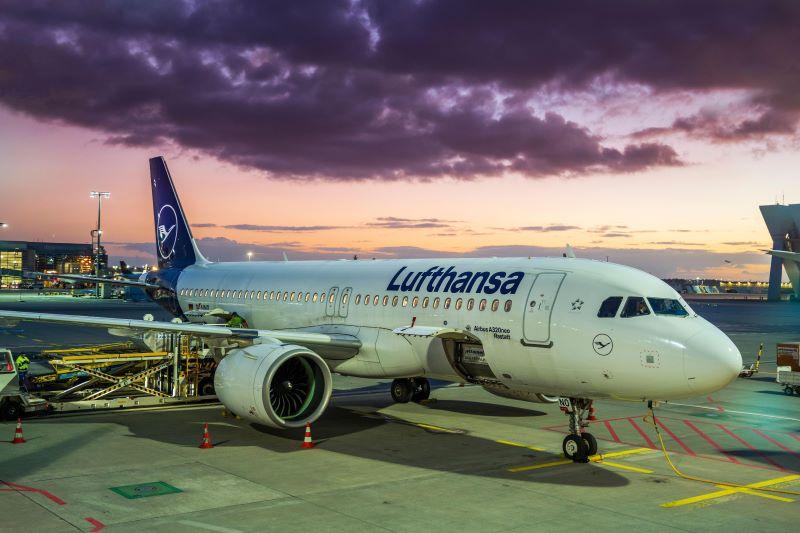
On the surface, Frankfurt airport operator Fraport had good news to report for 2022.
After all, passenger numbers were up 97% last year over a dismal 2021.
And despite having to write off a €166 million ($178 million) shareholder loan to St. Petersburg airport because of the Western economic sanctions against Russia, the company still turned in a decent profit.
Underneath the surface, things look less positive. Frankfurt’s position as a leading European hub is coming under more and more pressure for various reasons. Many are linked to the strategy of its main customer Lufthansa, directly or indirectly.
Germany’s largest airline and airport have had a tense relationship for many years. Since the boom years of 2017-2019, Lufthansa accused the airport of operating below its quality expectations for both infrastructure and service levels while having become extremely expensive. The fast return of traffic and how Fraport failed to deal with it properly in 2022 has not improved the situation, to say the least.
When Lufthansa realized the airport was not going to up its game as expected, the airline began to shift a larger part of its long-haul operation to Munich. The airline’s Airbus A350 fleet has been based there from the start. When Lufthansa restarts A380 operations in summer 2023, the aircraft will also be based in Munich. Fifteen of the 22 additional widebodies the airline ordered earlier in March will also be based in Munich. The airline is also in negotiations to acquire a minority stake (and later a majority) in ITA Airways, which would add Rome-Fiumicino as a sixth hub to the five it already operates as a group. These include Brussels, Frankfurt, Munich, Vienna and Zurich, all within an hour flight time.
Widebody capacity long destined for Frankfurt is arriving late. Deliveries of Lufthansa’s Boeing 787-9s have only just started, while arrival of the 777-9s is not anticipated until 2025.
Some of this can be seen in the 2022 numbers. Frankfurt has recovered to 69% of pre-pandemic traffic. Amsterdam is at 73% despite the well-known constraints and operational problems the rival has gone through. Paris-Charles de Gaulle and London-Heathrow are both at 76% and Madrid even at 82%. Fraport’s own participations in other airports are also generally doing better than the Frankfurt hub. The Greek regional airports it operates are already above 2019 traffic, Antalya is close to it and airports in Brazil, Peru and Bulgaria are recovering faster. Most group profits are now generated there rather than in Frankfurt.
The diversification of its main airline away from the primary hub is one element, another one is the fact that “low-cost carriers are flying around Germany,” as Fraport CEO Stefan Schulte put it. EasyJet had bought the former Air Berlin base in Berlin and has since pulled back following massive losses, including Frankfurt routes. Ryanair, too, has given up all Frankfurt routes and its local base after incentives limited to three years expired.
Germany’s aviation tax, high airport fees and expensive labor may all have contributed to the LCCs’ avoidance of the German market. But Lufthansa’s competitive behavior in vigorously defending its hubs has been a major factor, too. The airport suffered as a consequence. And the low-cost caution also shows in the numbers. In Europe as a whole, LCCs now are generally back at or above 100% of 2019. In Germany, they are at just 61%.
And whereas many long-haul markets have come back, domestic routes are not nearly where they used to be. More and more (feeder) traffic is moved to high-speed rail. Luckily for Frankfurt, the airport has the best rail connections of any airport in the country so at least the traffic is not lost for long-haul connections.
Frankfurt is expanding nonetheless, albeit with some delay. The new terminal 3 is currently under construction and is now planned to open in 2026. The facility adds capacity for around 19 million more passengers annually in theory. But Fraport will temporarily close terminal 2 for renovations when the new building opens. Once all the work is done, the airport’s passenger capacity will near 100 million. And with four runways, the severe slot constraints it has suffered from in the past are no longer a major issue for the time being.
